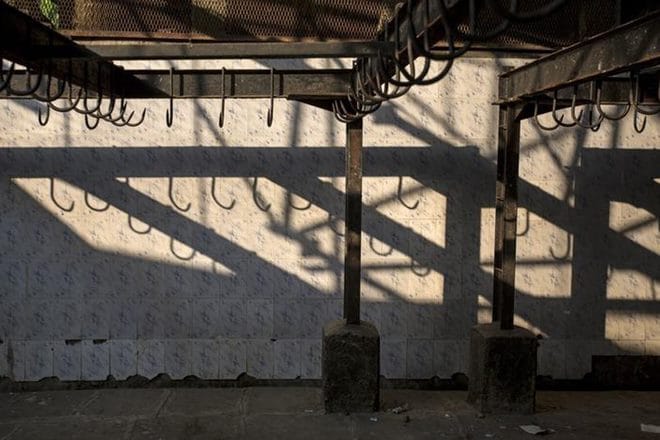The newly appointed Uttar Pradesh Chief Minister Yogi Adityanath has started his tenure with a bang. From banning pan masala in UP offices to paying surprise visits at various offices, he is already making a name for himself with an audacious approach. However, the most salient decision of his tenure so far has been the crackdown on illegal abattoirs across the state. Going by his Sankalpa Patra promise, Adityanath has sealed 15 illegal slaughterhouses in Kela Bhatta area while two more slaughterhouses were reportedly closed in Allahabad. This has taken many people by surprise since as per the data released by the Department of animal husbandry, Uttar Pradesh for 2014-15, the state produced 7,515.14 lakh kg of buffalo meat, 1171.65 lakh kg of goat meat, 230.99 lakh kg of sheep meat, and 1410.32 lakh kg of pig meat.
Here is how the meat business works in India:
Many questions like why these slaughterhouses were banned? Is it a right decision? etc. have been doing rounds but when you look at the larger picture this decision is nothing but right and these ‘illegal’ slaughterhouses do not deserve any sort of mercy. First of all, the government isn’t against these plants. In fact, 38 out of 72 government approved abattoirs-cum-meat processing plants are in UP itself. What are they are against is the illegal plants that carry out operations without any proper system leading to many problems.
READ | Navjot Singh goes from ‘Sixer Sidhu’ to ‘Strokeless wonder’ once again
Not having a license means that these slaughterhouses had no legal permissions like NOC for waste management, pollution management etc. Add to that, there is no quality check and inspections by any authorised person. Given that Uttar Pradesh is a high population state, it increases the chances of diseases. The environment, the air and the ground water were getting contaminated resulting in the foul smell, infections, and much more. The untreated contaminated ground water was also polluting Ganga and Yamuna.
Watch what Yogi Adityanath has to say:
According to FAO, if the un-skinned and skinned carcasses in the slaughter line are hung too closely, they may get in contact with hair and skin to already-skinned carcass parts leading to contamination. Similarly, if the carcass suspension is too low, the forelegs may touch the floor. Illegal slaughterhouses are unlikely to maintain these standards. As per the LMC’s estimate, there are approximately 200-250 meat shops that are running illegally in the city of Nawabs where foodies flock for mouthwatering ‘kebabs’ (a grilled meat dish). So in a way, it seems contaminated meat was being served on the plates for the Uttar Pradesh people.
READ | Yogi Adityanath’s ban on slaughterhouses: Key facts about meat production in Uttar Pradesh
Moreover, there are other issues associated with it like blood contaminating ground water and diseased animals being used. All these factors combined and yes, a scary picture was being painted while the people were busy consuming meat. The step taken by Yogi Adityanath government was a much-needed one but now it also has to make sure that the business of legally running slaughterhouses is not affected by this decision.


